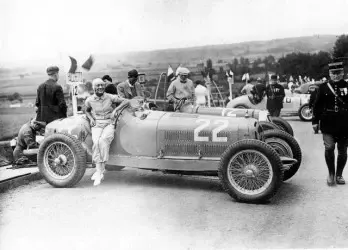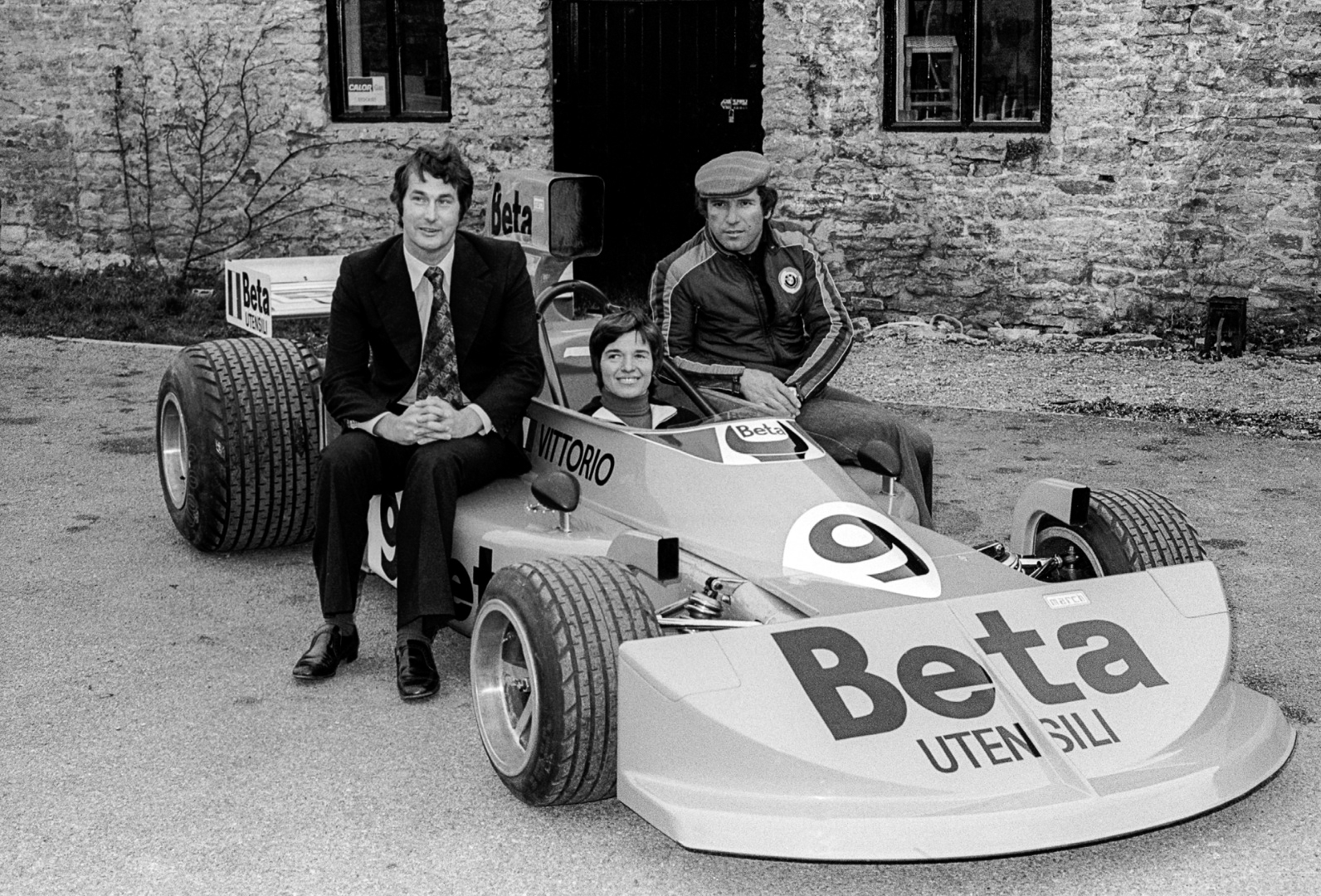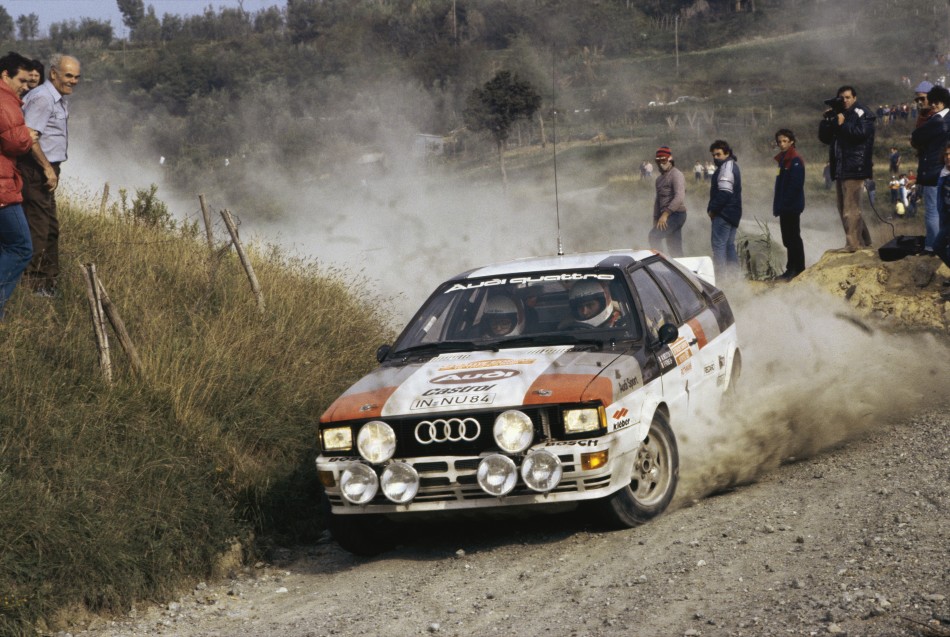Part 1 - Racing Cars Driven by Female Champions
14 May 2023 5 min read 9 images

Contrary to popular belief, there have always been women drivers. The first woman who comes to mind is Bertha Benz, wife of Karl Benz, who is considered the inventor of the automobile. In 1888, Bertha drove the strange machine created by her husband for 100 kilometres.
Register to unlock this article
Signing up is free and gives you access to hundreds of articles and additional benefits. See what’s included in your free membership. See what's included in your free membership.
Already have an account? Log In

